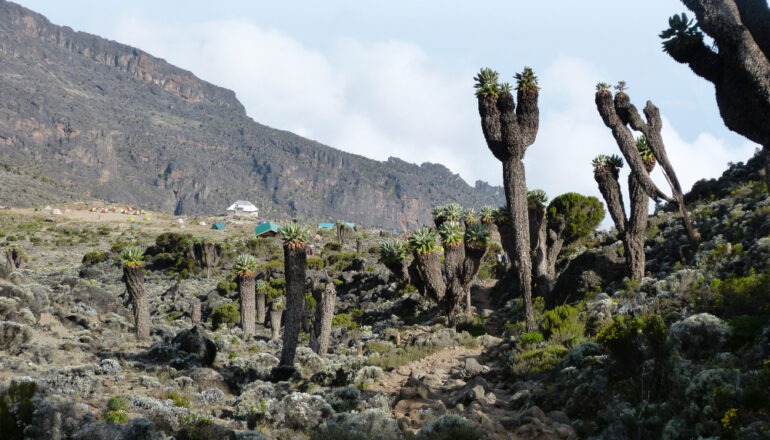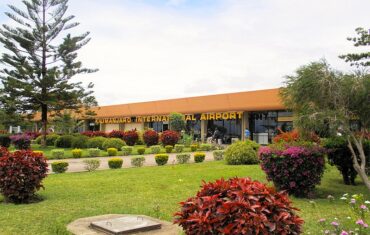Mount Kilimanjaro, the towering African giant, offers a captivating journey through five distinct ecosystems, each with its own unique flora. In this article, we will take you on a botanical adventure, showcasing some of the most fascinating and diverse plant life that graces the slopes of this iconic mountain.
The Everlasting Flowers (Helichrysum meyeri-johannis)
At elevations ranging from 8,000 to 15,000 feet on Mount Kilimanjaro, you’ll encounter the remarkable Everlasting Flowers. These resilient blooms, known scientifically as Helichrysum meyeri-johannis, earned their name because they can flourish year-round. Standing proudly at almost two feet tall, these herbaceous perennials sport a yellowish-brown hue, with pale white leaves emitting a delightful lemon scent. Their unique leaf, stem, and flower structure enables them to thrive in the mountain’s challenging, dry, and frosty climate.
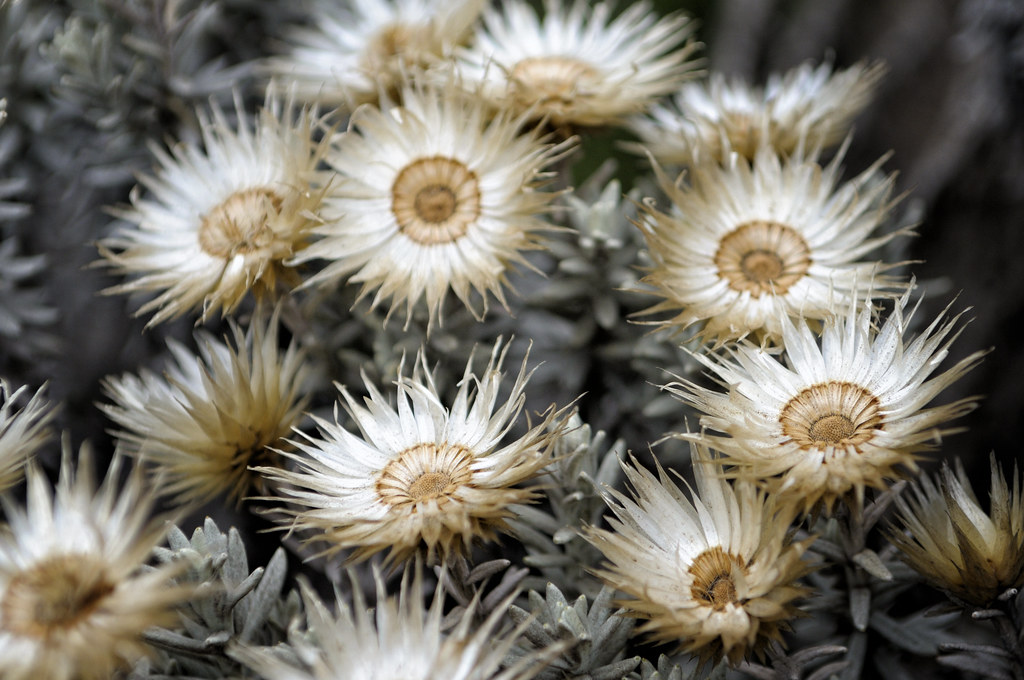
Protea Kilimandscharica – The Sugarbush
One cannot miss the Protea Kilimandscharica in the heath ecological zone of Mount Kilimanjaro. These plants, also called sugarbushes, bear exquisitely delicate and uniquely shaped flowers. Named after the Greek god Proteus, known for his ability to transform, these ancient flowering plants are a true marvel of nature.
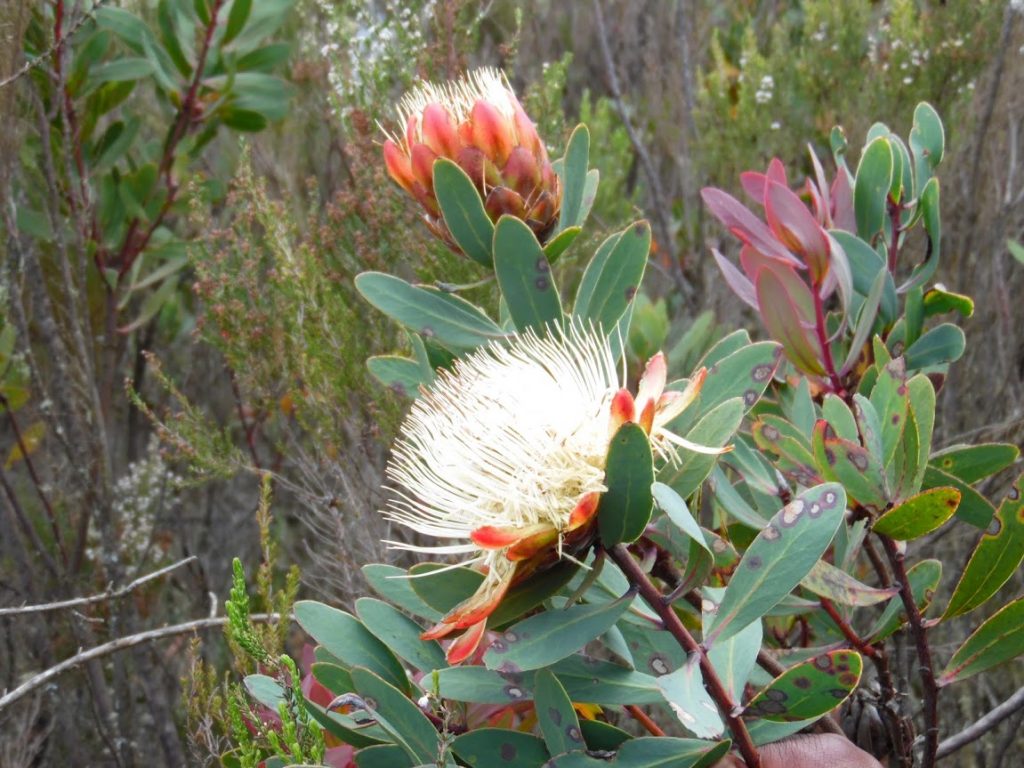
Stoebe Kilimandscharica
Stoebe, a genus of African plants belonging to the daisy family, adds to the mountain’s botanical richness. Sporting slender branches adorned with small pressed leaves, this shrub produces flowerheads at the tips of its main shoots. Stoebe plants are exceptionally hardy, often proving invasive and challenging to eradicate.
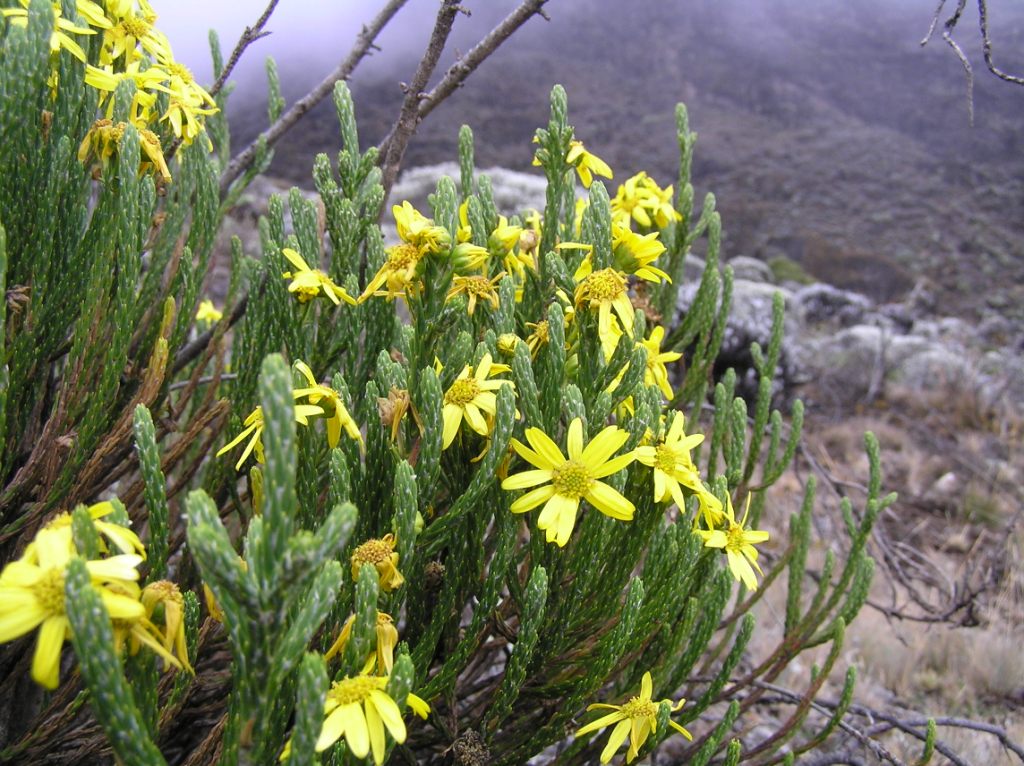
Red Hot Poker – The Torch Lily
With its vibrant and dramatic appearance, the Red Hot Poker, or torch lily, belongs to the liliaceae family. These perennials are well-adapted to the arid regions of Mount Kilimanjaro, showcasing bright orange and yellow flowers that resemble molten metal fresh from the forge.
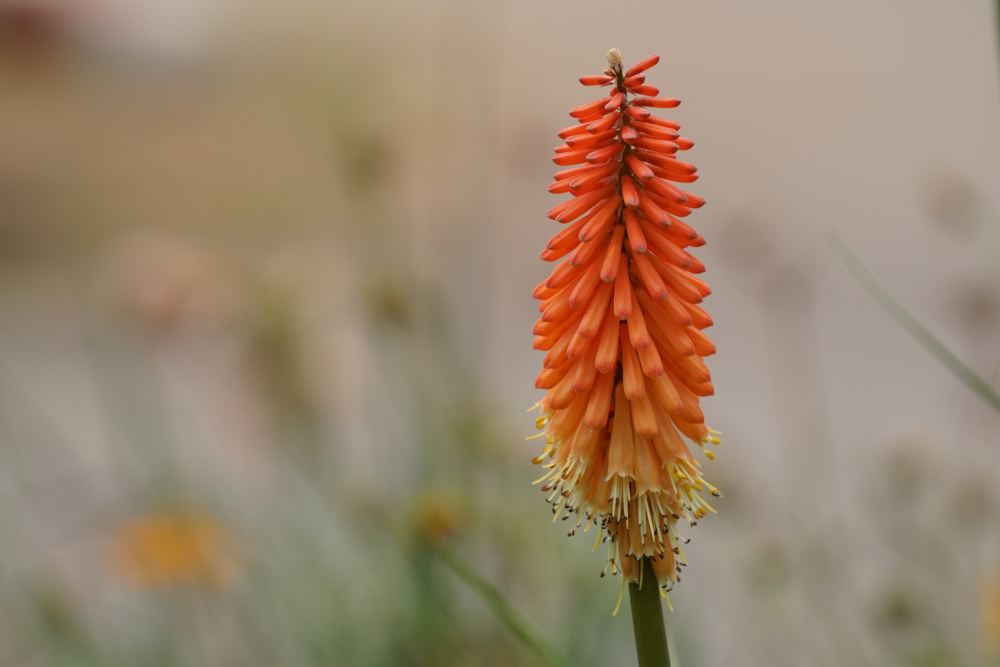
Lobelia Deckenii – The Ice Warrior
Lobelia Deckenii, a giant lobelia exclusive to the high mountains of East Africa, grows between 12,000 to 15,000 feet. These towering plants, reaching up to 10 feet in height, feature hollow stems and tall spikes resembling flowers. To combat the cold, Lobelia Deckenii closes its leaves at night, forming ice cubicles around its stem to protect its core.

Hebenstretia Dentata – The White Flowering Plant
Hebenstretia dentana, also known as the “white flowering plant,” is a long-flowering summer perennial characterized by an abundance of small white blossoms. Forming bushy clumps up to two feet tall, this perennial delights with its pure white flowers throughout early summer to late autumn.
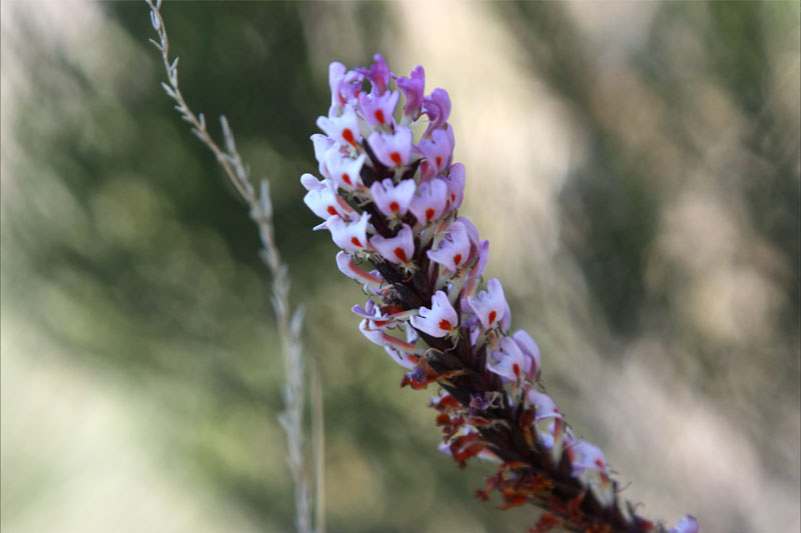
Fireball Lily – The African Blood Lily
The Fireball Lily, also called the African Blood Lily, is a striking sight on Mount Kilimanjaro. Its massive spherical flowerhead can grow up to 9 inches wide, composed of up to 200 tiny florets. While captivating, it’s important to note that the bulbs of this plant are toxic if ingested and have been historically used to make poison-tipped arrows and fishing poison.
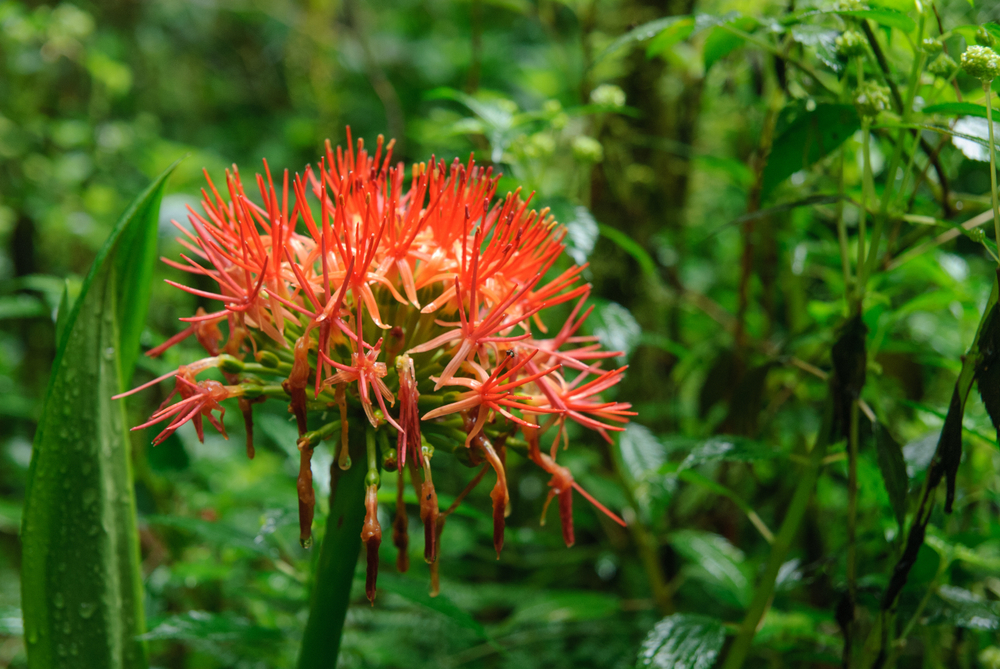
Dendrosenecio Kilimanjari – The Giant Groundsel
Dendrosenecio Kilimanjari, a giant groundsel unique to Kilimanjaro, thrives in the middle altitudes on the Shira Plateau and around Barranco Camp. These peculiar plants exhibit remarkable adaptations for alpine life, including insulating dead leaves, water-storing stem pith, and the ability to secrete special fluids to withstand freezing temperatures.
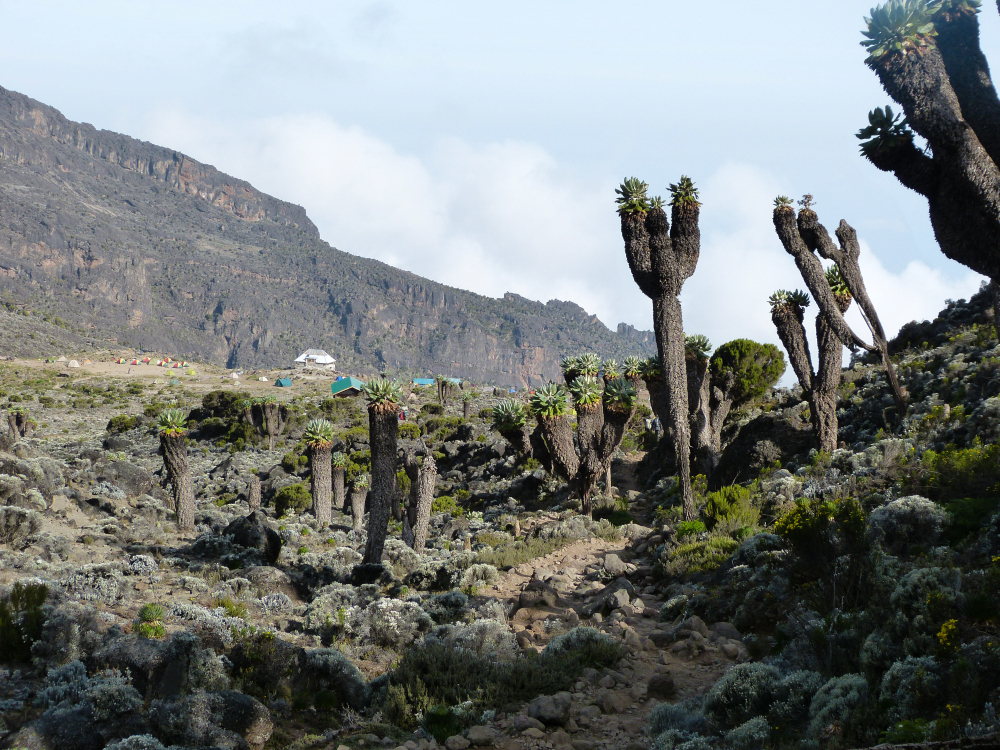
Tussock Grass – Nature’s Oasis
Tussock grasses are a remarkable group of grass species on Mount Kilimanjaro, growing in bunches rather than forming a traditional sod or lawn. Their extensive root systems tap deep into the soil, enabling them to acquire more moisture during periods of drought. These grasses serve as vital habitats and food sources for insects, birds, and small animals.
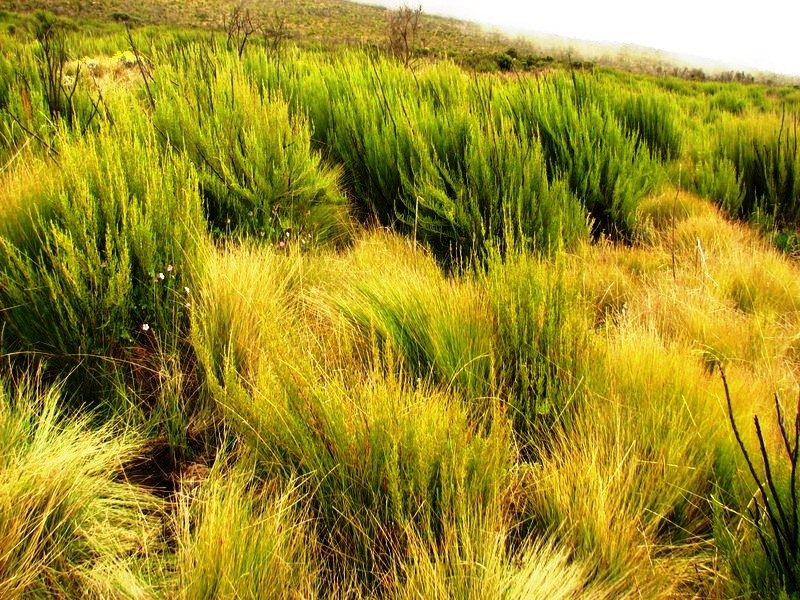
Old Man’s Beard – Usnea Lichen
Usnea, a pale grayish-green lichen genus, decorates the bark and twigs of host trees on Mount Kilimanjaro. Resembling white hair in clumps, it is often referred to as “Old Man’s Beard.” Not a plant but a combination of algae and fungi, usnea has diverse medicinal uses, including weight loss, pain relief, fever reduction, and wound healing.
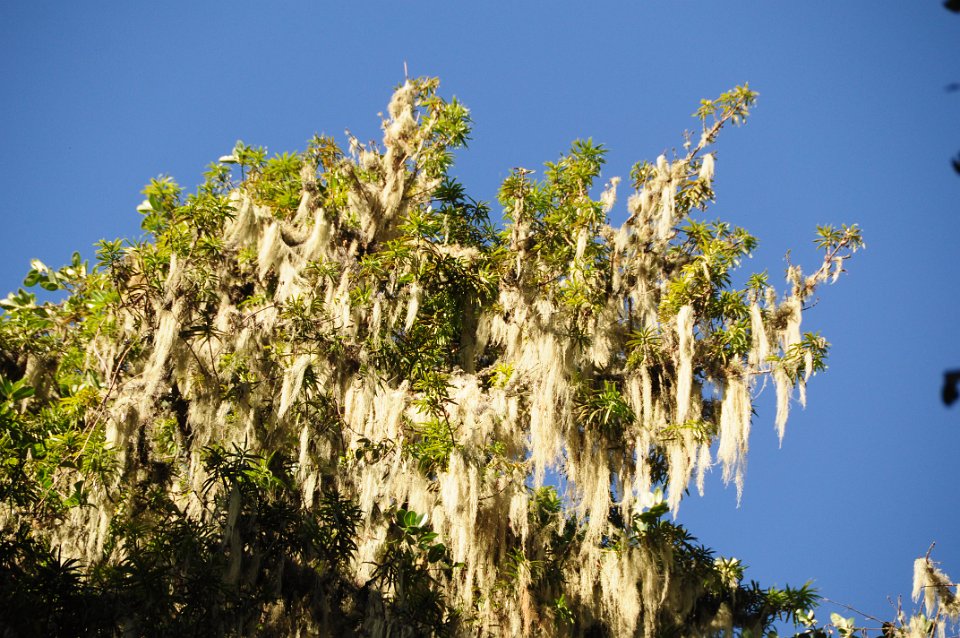
In conclusion, ascending Mount Kilimanjaro is not just a physical journey but also a botanical adventure through its diverse ecosystems. The remarkable plant life you encounter along the way adds depth and beauty to this awe-inspiring trek.
FAQs (Frequently Asked Questions)
- Can I pick flowers or plants on Mount Kilimanjaro?
It’s generally discouraged to pick or disturb the flora on the mountain, as it’s important to preserve its natural beauty. - Are there any dangerous plants on Mount Kilimanjaro?
While most plants are harmless, some, like the Fireball Lily, have toxic properties, so it’s best to admire them from a distance. - What’s the best time to see these plants in bloom?
The flowering seasons vary, but in general, the best time to witness the bloom is during the warmer months from early summer to late autumn. - Do these plants have any cultural significance?
Yes, many of these plants hold cultural importance for local communities and are featured in traditional practices and ceremonies. - Are there guided tours to explore the flora of Mount Kilimanjaro?
Yes, there are guided treks that focus on the ecological diversity of the mountain, including its unique plant life.

